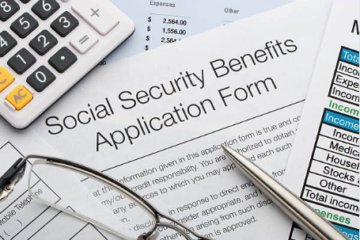Order Of Returns Risk
Mark Triplett | November 6, 2017
One of the most mystifying risks in retirement is the Order Of Returns risk. Investing in marketable securities exposes you to this risk.
The future value of your investment is unknown. It might go up (+) or down (-). Returns don’t occur in a straight-line pattern. If you own stocks, bonds, or mutual funds within your retirement accounts, the value today is probably different than five years ago, and five years from now.
As you are accumulating for retirement or decumulating to pay for retirement expenses, the Order Of Returns affects your account. The impact as you near retirement will most likely be magnified because the value of your account is likely larger than it was the day you made your first deposit.
For example, if your first deposit was $1000, and the market moved up by 10% your deposit is now worth $1,100. That’s a $100 change. However, as you near retirement your account might be worth $500,000. A 10% increase is equal to a $50,000 change. The monetary impact of the return is magnified by the size of the total account.
Losses are also magnified. Imagine if you retired with $500,000 invested just before the market experienced a 20% correction. Your $500,000 would drop to $400,000. If you didn’t need any of this money to replace your paycheck post retirement, you could be patient and wait for the market to come back. Bonus Question: What rate of return is needed to get back to even?
25% ($400,000 X 1.25 = $500,000).
Unfortunately, that is not often the case. Imagine your household needs $20,000 (4% of $500,000) annually to supplement your income. Forced into taking a loss, your investment now becomes $380,000. A nearly 32% return is needed the following year to get back to $500,000.
10 years prior to retirement, and 10 years after retirement is when you may be most susceptible to this retirement risk. During this time an adverse Order Of Returns could accelerate the pace at which you draw down your retirement resources.
Order returns risk is manageable. In some cases, it may be mitigated or even eliminated all together through proper planning. Have an open discussion with your financial advisor about exposure to Order Of Returns risk. Draft a written retirement plan that deals with it so you can avoid taking a loss during a down market while enjoying a consistent and confident retirement income.


